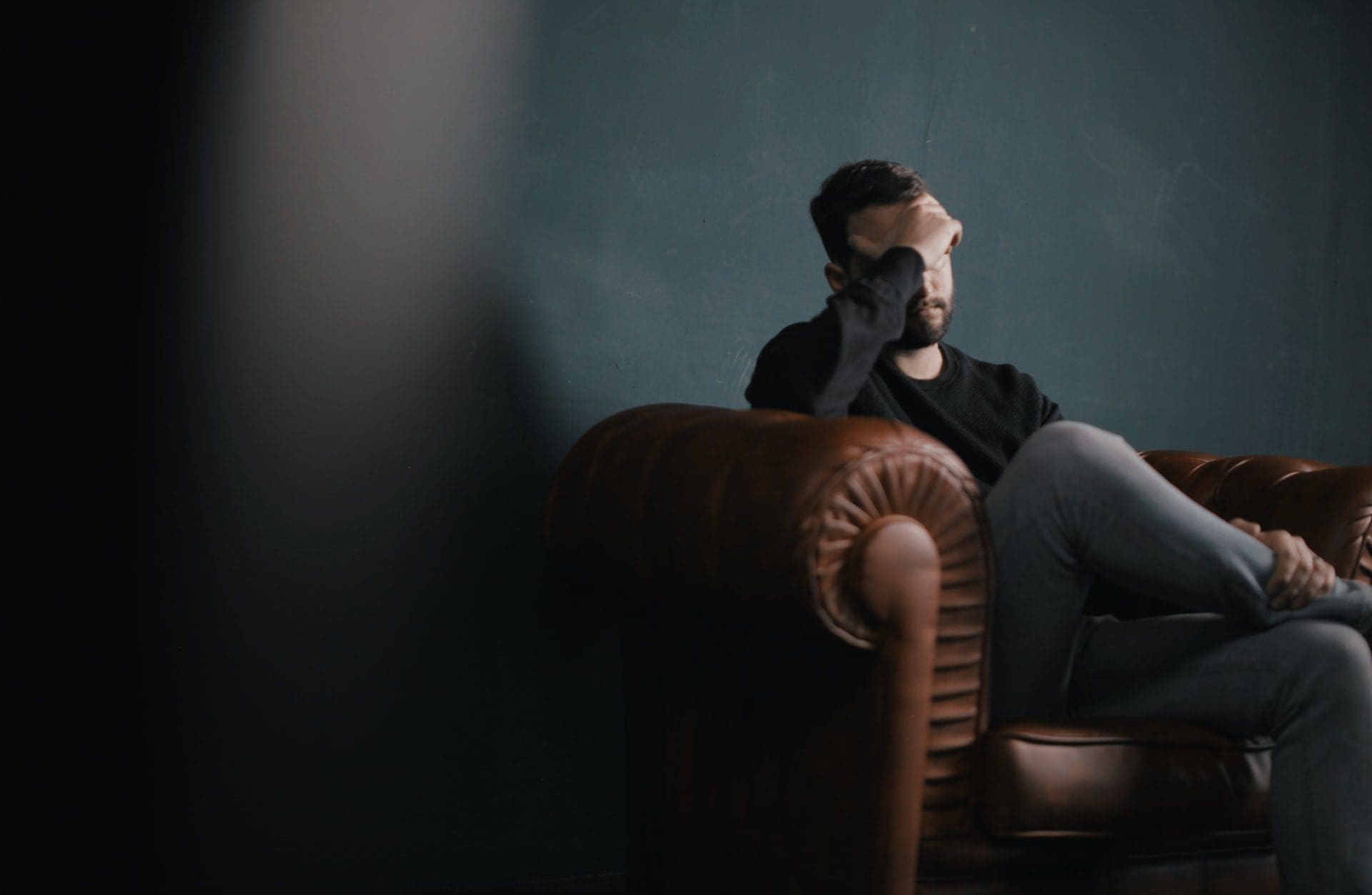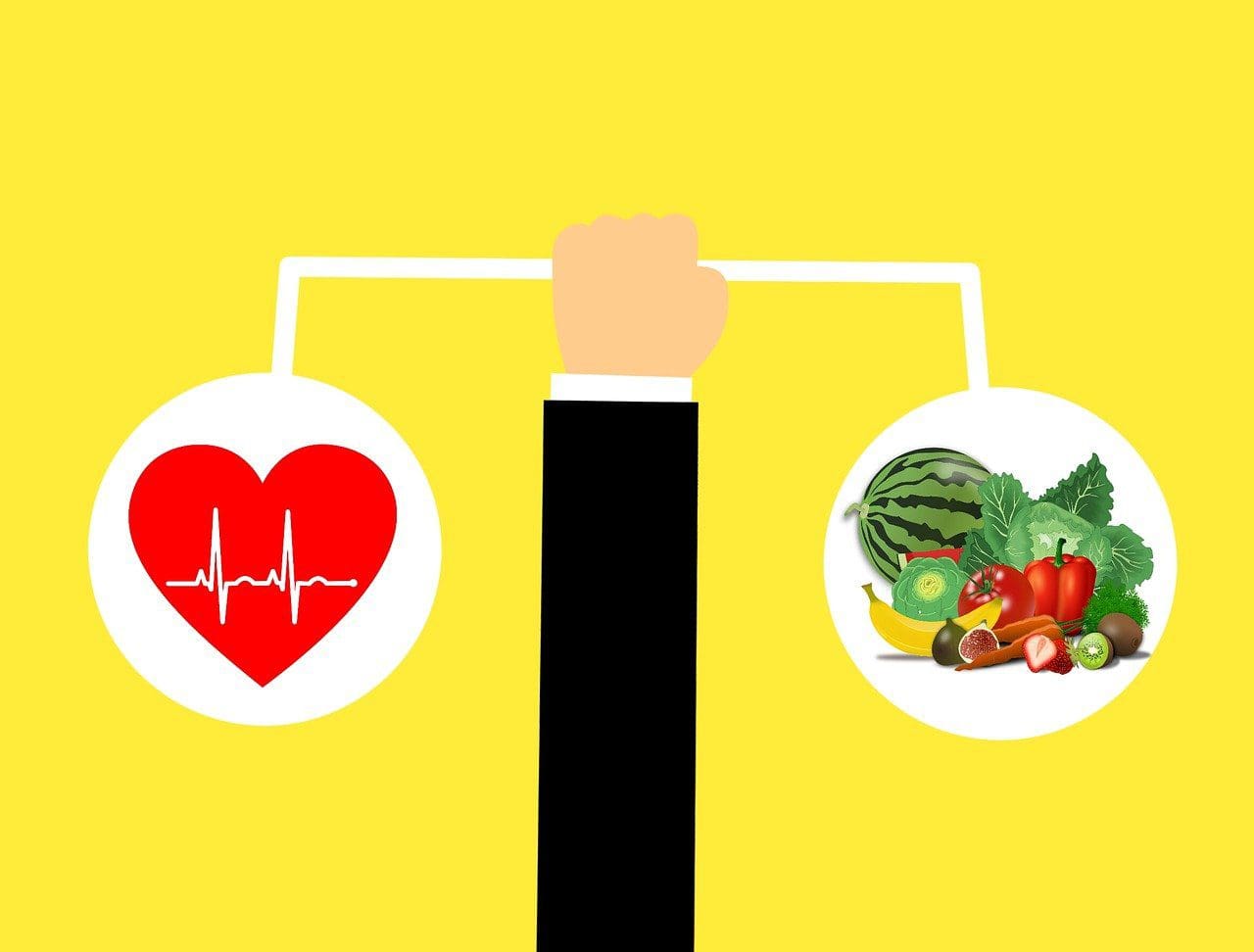Full Disclosure: Clicking on these links could mean a tiny commission for me, at no extra cost to you.
Anyone living with anxiety can attest that it can significantly impact your daily life, even if you’re doing regular therapy sessions for anxiety and that’s because it’s a lifestyle change. It isn’t just about going to therapy or eating healthier. It’s about taking what you’ve learned in those sessions and from your healing, and reshaping your life around it to have a calmer mindset, lifestyle, attitude, and so on and so forth. You have to really squeeze those therapy sessions dry and take every opportunity to heal as possible – and use what you’ve learned (that’s the hard part). So, I am going to give you some inside tips on how to get the most out of your counselling, therapy and overall healing.
Treating Anxiety
Anxiety disorders can cause disruptions to everything – from everyday tasks like grocery shopping and cleaning to more significant aspects of your life such as work, study, or relationships. For many, the symptoms of an anxiety disorder can be debilitating, hindering them from getting out of bed or engaging in unfamiliar activities. Living with anxiety can seem almost impossible to handle at times. However, with the proper treatment, it can be managed to allow those suffering from it to develop a calming (and thriving) life.
About Anxiety Disorders
Anxiety disorders are among the most common mental illnesses in the US. An estimated 40 million adults, comprising 18% of the population, are affected by an anxiety disorder each year. The causes of anxiety disorders vary but can include brain chemistry, genetics, life events, and even personality. In many cases, anxiety stems from a combination of multiple factors.
Within anxiety disorders, Generalized Anxiety Disorder (GAD) and Social Anxiety Disorder (SAD) are the most common. GAD affects about 3% of the U.S. population, and women are twice as likely to be affected as men. SAD affects almost 7% of the U.S. population and equally affects men and women. For most people, SAD develops around age 13.
Other anxiety disorders include:
- Post-traumatic stress disorder (PTSD)
- Body-focused repetitive behaviors such as trichotillomania or dermatillomania
- Hoarding behaviors
- Obsessive-compulsive disorder (OCD)
- Panic or phobia disorders
As mentioned, any type of anxiety disorder can be mitigated with proper treatment. Yet, among GAD sufferers, only 43% are receiving treatment. Among SAD sufferers, more than 35% live with SAD symptoms for ten years or more without seeking help.
Choosing Therapy for Anxiety Disorders
Choosing to reach out for help with your anxiety disorder is a significant step towards taking back your life. As you prepare for therapeutic intervention, a few tools can help you get the most out of your therapy sessions for anxiety or other form of treatment.
Find a Therapist Who Offers Personalized Treatment
There are many types of therapy to choose from, but individuals with anxiety disorders generally benefit from a therapist who tailors their approach to each individual. While other mental or emotional conditions may have more prescribed treatments, the varied nature of anxiety disorders demands a personalized approach. Find a therapist willing to try multiple techniques and modalities to identify what works best for you.
Pay Attention to Your Triggers
During your first few therapy sessions for anxiety, your therapist may ask if there is anything that brings on your specific anxiety and panic. If you’re not sure at that time, don’t worry! You have time to start noticing what brings out your anxiety-related symptoms. Perhaps you get anxious in crowds or small spaces or when you need to make a decision (big or small) — whatever happens right before you start to feel symptoms is a possible trigger.
Document Your Day
One of the best ways to identify triggers is to make a habit of documenting your day. Keeping a daily record of what happened and how you felt will help you keep track of behaviors and identify patterns. You can document your day with a traditional journal, voice memos, or jotting down bullet points in the notes app on your phone. Whatever is easiest for you to record your daily occurrences is good.
Documenting your day can help identify triggers and is a great way to determine if any techniques you’re using are helping, and which ones work the best. You may not feel immediate changes in the instant but the benefits will unravel overtime. Just think back on old thoughts, feelings, and behaviors and you should be able to see subtle progress and changes in your overall mental health and wellness.
Practice Mindfulness and Breathing Exercises
Mindfulness and breathing exercises are great ways to calm your mind so you can focus on identifying your triggers or get yourself back to a calm state. Exercises like a body scan can help you focus on what’s happening now rather than worrying about the future or fixating on the past. To do a body scan, take three to five deep breaths and bring your focus to the sensations you feel in your feet. From there, move slowly to your legs, torso, arms, and up to your head, taking three to five deep breaths when focusing on each area.
Another helpful breathing technique is the “box breath.” To do the box breath, find any square or rectangle shape to focus on for a few moments. Scan the top of the shape and breathe in for a count of four, then hold for a count of two while you scan the right side of the shape. Exhale for four as you scan the bottom of the shape and then hold for two counts as you scan the left side. Continue tracing the shape with your eyes while you alternate breathing in, holding, exhaling, and breathing in again. Repeat till you start to feel more centered and focused.

Go to Your Therapy Sessions Without Expectation
This is easy to say but can be difficult to execute. Do your best to enter each session with your therapist without expecting what you “should” get out of the session. Sometimes it may feel like you haven’t made progress or even that you’ve regressed. Don’t be disheartened. Managing anxiety is not a straight line. Progress is happening even if it seems like you’re not seeing it.
If you have a hard time showing up, you may find it easier to attend online group therapy sessions.
Focus on Honesty and Trust With Your Therapist
Therapy for anxiety disorders is about recognizing what’s happening in your body and being open with your therapist. It’s essential to find a therapist you feel comfortable with and can open up to about what you’re thinking and feeling. Honesty and openness are the keys to making progress with your goals.
From your therapist’s end, it’s important to have a custom treatment plan and a feedback loop to ensure what you’re doing is having a positive impact. Give it time, and don’t be afraid to walk away from a therapist you don’t feel comfortable with — it’s about finding the right fit for your comfort and needs. And you should be able to tell if the therapist you’re using is for you within the first couple of therapy sessions for anxiety – if not upon the very first meeting.
This blog post is sponsored by BetterHelp, but all opinions are my own. I may receive compensation from BetterHelp or other sources if you purchase products or services through the links provided on this page.











